We are all breathing every second of the day, whether we are thinking about it or not. So what does it mean to do breathwork if breathing is an automatic process?
Let’s explore the powerful benefits of breathwork and how it differs from other practices you may already know.
What is the difference between meditation and breathwork?
The stereotypical picture of meditation is familiar to us: someone sits on the ground, eyes closed and palms upturned as they connect with blissful blankness. It looks like the embodiment of peace, and for many people, it can feel frustratingly unattainable. While this isn’t an entirely accurate picture of what meditation can truly be in your life, we don’t often have a mental picture for breathwork.
Breathwork isn’t a replacement or alternative to meditation but a practice entirely of its own. While meditation asks you for quiet focus, breathwork is entirely geared toward alternating the rhythm of your autonomic nervous system through the way you take in oxygen. Your breathing becomes the focus of your healing on every level- from the muscular action to the existential awareness- so that every breath you draw becomes the work you’re doing with your entire being.
Why is breathwork so powerful?
Breathwork is powerful because the air you breathe is a central component of powering your body and mind. You are shaped by the way you move through the world and the breath that moves through you as you do. Breathwork is powerful because you are powerful.
Some of the benefits of breathwork are:
- Reduced levels of pain and increased ability to self-manage pain
- Better regulation of anxiety levels
- Getting more (and better) sleep
- Increasing the strength and health of your lungs
- Faster cell regeneration
- Stronger immune system
- Improved trauma recovery (physical and mental)
- Increased circulation and more stable blood pressure
There are many types of breathwork you can try
One of the most empowering reasons to consider breathwork for healing is the many ways to incorporate it into your life. Some types of breath work you may be familiar with already are square breathing, alternate nostril breathing, pranayama, or balanced breathing. There are practices for those just beginning, expert breath workers, and every stage in between.
When you are beginning a breathwork practice as something new or an alternative to meditation, you can explore the types available based on what it is you’re looking for. Do you need support with anxiety or symptoms of trauma? Square breathing invites a 4-count breath at every step (inhale, pause, exhale, pause) and can help with that. Are you aiming for better control of your lung capacity and cell oxygenation? Diaphragmatic breathing engages your muscular strength in supporting those functions.
How often should I practice breathwork?
As with all practices you begin, the way you cultivate it should be responsive to your needs and the progress you hope to make through it.
Breathwork is scientifically proven
 Your ability to intentionally regulate your breathing has many benefits, as we’ve explored, but science wants you to know that it really works. With improvements to health that range from strong immune systems to improved removal of toxins through your breath, there are various studies that support the powerful effects of breathwork for healing.
Your ability to intentionally regulate your breathing has many benefits, as we’ve explored, but science wants you to know that it really works. With improvements to health that range from strong immune systems to improved removal of toxins through your breath, there are various studies that support the powerful effects of breathwork for healing.
Breathwork works for healing because it is healing at a scientific and spiritual level. You are drawing in air that will move stagnancy within your body and introduce new possibilities as you remove the things that no longer serve you. For some people, that will be at a cellular physical level as toxins are removed. Others may find that the science of breath healing is more existential magic.
The benefits you experience will be unique
Your experience of breathwork will be just as unique as you are. While there is a vast possibility of benefits and life changes you may see, how breathwork impacts you will be a unique journey that you get to take. Every new change, benefit and development will be an exciting achievement to uncover along your path toward healing.
How do I get started?
Whether you’re beginning as an alternative to meditation or in addition to other healing practices in your life, getting started with breath work is simple. You do not need a class, a guide or to be taught. There are types of breathwork you can do right here and now. Alternatively, there are amazing resources to inspire your breathwork practice across the internet, in holistic studios and communities across the country.
Whether you choose to create a community breathwork practice or you strike out in a solitary space of internal healing, you have undoubtedly stumbled on a new space to breathe deep.
Inhale, my friend, and prepare to exhale into new possibilities.
If you or someone you know is ready to overcome substance addiction or is looking for a more holistic approach to recovery, Villa Kali Ma welcomes you.


